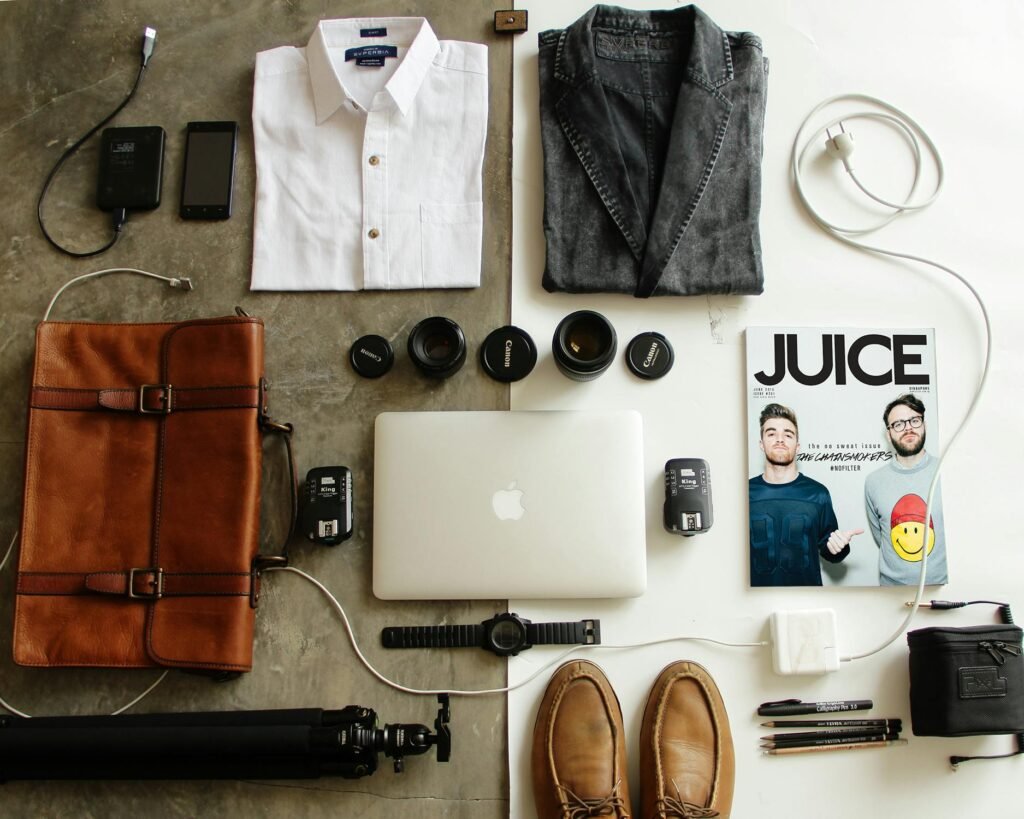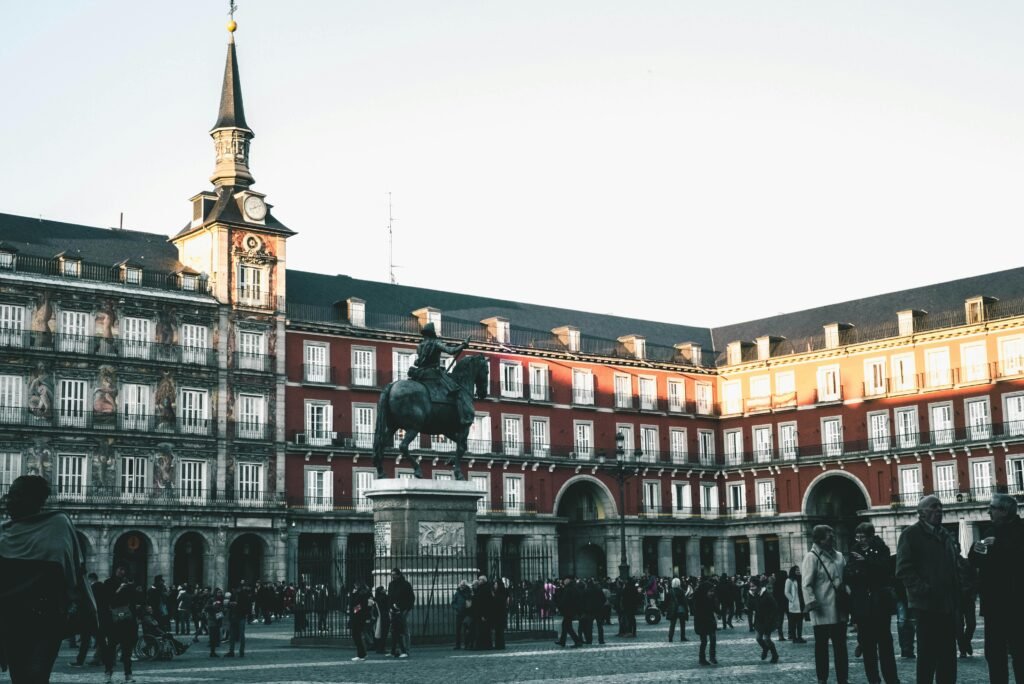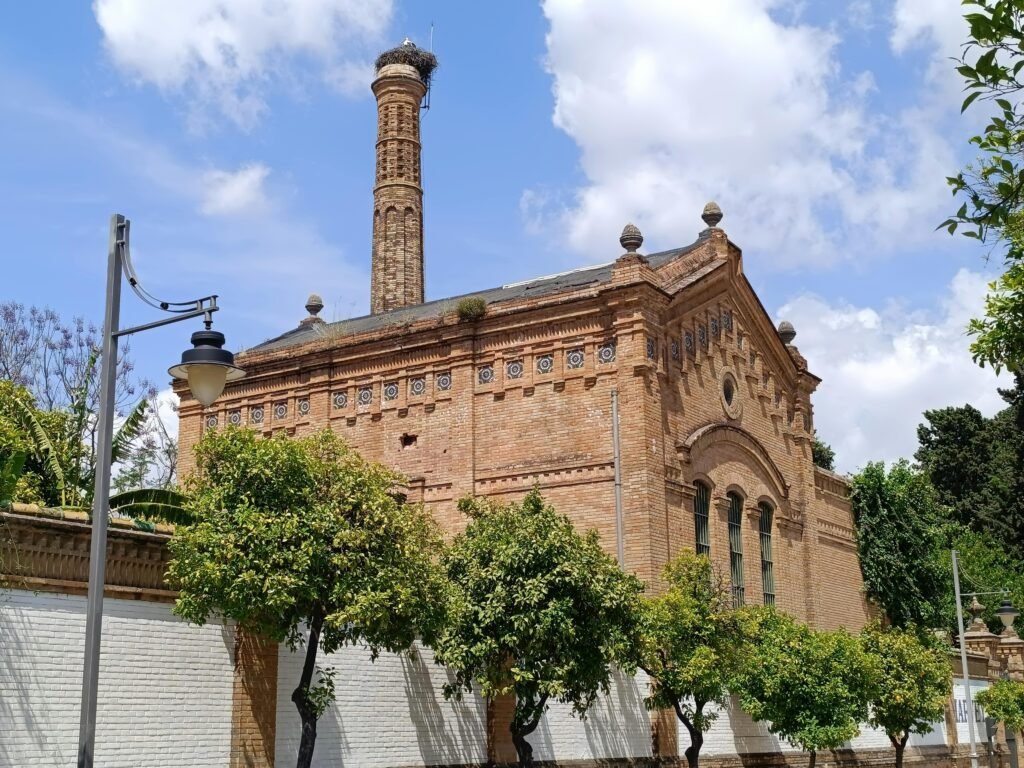Introduction to Backpacking in Spain
Backpacking through Spain presents an exhilarating adventure for those eager to explore the country’s captivating culture, breathtaking landscapes, and rich historical tapestry. With a diversity that ranges from the sun-soaked beaches of Costa del Sol to the mountainous terrain of the Pyrenees, Spain offers an array of experiences that cater to various tastes and preferences.

This enchanting country is not only known for its stunning architecture and vibrant art scenes, but also its delicious cuisine, from tapas to paella, making it a paradise for food lovers. Each region boasts its unique customs and traditions, allowing travelers to immerse themselves in local lifestyles and histories. The blend of ancient history with modern influences creates a dynamic atmosphere that beckons backpackers to venture beyond the usual tourist pathways.
One of the most appealing aspects of backpacking in Spain is the opportunity for flexibility and spontaneity. Travelers can choose their own paths, change their routes based on recommendations from locals or fellow backpackers, and take advantage of the extensive transportation network. Spain’s efficient and affordable public transport system connects major cities and remote villages alike, allowing for easy travel and exploration. Additionally, many backpacker-friendly accommodations, including hostels and guesthouses, offer affordability and convenience, making it easy to meet fellow travelers and share experiences.
To enrich the journey, it is advisable for backpackers to familiarize themselves with Spanish phrases and customs that enhance interactions with locals and elevate cultural experiences. Understanding local etiquette and traditions can foster deeper connections and insights into the Spanish way of life. With essential tips and an adventurous spirit, this month-long backpacking itinerary is designed to uncover the essence of Spain, promising an unforgettable journey through its myriad wonders.
Essential Packing Tips for Your Spanish Adventure
Packing for a month-long adventure in Spain requires careful consideration of the climate, activities, and transportation methods you will be encountering. Spain’s diverse geography means that weather conditions can vary significantly from region to region, so it is crucial to check the forecast for the specific areas you plan to visit during your journey.

When it comes to selecting the right backpack, opt for one that is both lightweight and spacious enough to accommodate all your essentials. A 50 to 70-liter backpack is often recommended for extended travel, as it provides ample room without being cumbersome. Ensure that the backpack has comfortable straps and padding, especially if you will be using it for walking long distances.
Clothing choices should focus on versatility and comfort. Consider packing lightweight, moisture-wicking fabrics, as well as layers that can easily be added or removed. Spain’s summers can be quite hot, particularly in the south, so include breathable clothing such as shorts, short-sleeved shirts, and sundresses. For cooler regions and evenings, pack a light jacket or a sweater. Additionally, comfortable walking shoes are a must, as many cities in Spain are best explored on foot.
Travel documents are essential for a smooth experience. Ensure that you have your passport, travel insurance, and any necessary visas organized and easily accessible. Digital copies of these documents can be helpful in case of loss. Lastly, don’t forget handy essentials like a portable charger, a reusable water bottle, and a first-aid kit to prepare for various circumstances you may encounter during your travels.
Week 1: Exploring Catalonia and Barcelona
The first week of your backpacking itinerary in Spain centers around the vibrant region of Catalonia, with a specific focus on the bustling city of Barcelona. As one of the most iconic cities in Europe, Barcelona is replete with stunning architecture, rich history, and a vibrant culture that attracts travelers from around the globe. Begin your adventure by visiting the famed Sagrada Familia, an architectural masterpiece designed by Antoni Gaudí. This basilica, which has been under construction since 1882, showcases the unique blend of Gothic and Art Nouveau styles, making it a must-see. Make sure to book your tickets in advance to avoid long lines.

Next, head to Park Güell, another one of Gaudí’s creations that offers an artistic take on park design. With colorful mosaics, whimsical structures, and incredible panoramic views of the city, this park is the perfect spot for leisurely strolls and photography. The whimsical approach to nature in the park highlights Catalonia’s distinctive artistic culture. After soaking in the sights, take a stroll down La Rambla, Barcelona’s famous tree-lined street that offers vibrant street performances, dining options, and local markets where you can sample traditional Catalan cuisine.
When it comes to accommodations, there are plenty of options ranging from hostels to boutique hotels. Consider staying in the Gothic Quarter, which provides easy access to major attractions and a blend of historical and modern charm. Local markets such as Mercado de La Boqueria not only allow you to indulge in authentic Spanish tapas but also serve as a hub for local culture. Try the famed jamón ibérico and fresh seafood. As the sun sets, experience Barcelona’s extraordinary nightlife, characterized by tapas bars and clubs that stay lively until the early hours.
This immersion in Catalonia’s rich culture and Barcelona’s dynamic energy will lay the groundwork for a remarkable journey through Spain.
Week 2: The Heart of Spain – Madrid and Surroundings
During your second week in Spain, the vibrant capital of Madrid serves as your base, providing access to a myriad of cultural experiences, historical sites, and remarkable day trips. Madrid, known for its rich history and splendid architecture, boasts various must-see landmarks that every backpacker should explore.
One of the highlights in Madrid is the renowned Prado Museum, which houses one of the finest collections of European art, featuring works by masters such as Goya, Velázquez, and Bosch. The museum offers an immersive experience into Spain’s artistic heritage and is a prime location for art enthusiasts. Not far from the museum, the beautiful Retiro Park invites visitors to unwind amidst nature. This expansive park, featuring picturesque gardens, charming sculptures, and even a serene lake, is perfect for leisurely strolls or enjoying a picnic amidst the scenic beauty.

Another emblematic site is the Royal Palace, which showcases opulent architecture and offers a glimpse into Spain’s royal history. A guided tour provides insight into the regal lifestyle of past monarchs, while the views of the surrounding areas are nothing short of breathtaking.
For those looking to expand their journey beyond Madrid, several historical towns are easily accessible for day trips. Toledo, a UNESCO World Heritage site, is renowned for its medieval architecture, blending Christian, Muslim, and Jewish influences. A short train ride transports you to this enchanting city where you can explore its winding streets and savor local delicacies like marzipan. Similarly, Segovia, famous for its iconic Roman aqueduct and fairy-tale castle, offers yet another enriching experience just an hour away.
To navigate the distances efficiently, consider utilizing Spain’s high-speed train service. This not only provides ease of transportation but also enhances the overall experience as you witness the picturesque landscape unfold during your travels. Local cuisine in Madrid is also an essential aspect of your visit; indulge in classic dishes such as tapas, paella, and churros, allowing you to savor the authentic flavors of Spanish gastronomy.
Week 3: Southern Charm in Andalusia
Andalusia, a captivating region in southern Spain, offers an extraordinary blend of rich history, stunning architecture, and vibrant culture. As you embark on your third week of backpacking through Spain, the cities of Seville, Granada, and Cordoba should be at the forefront of your itinerary. Each city showcases its own unique charm and cultural heritage, making it a must-visit area during your travels.

Seville, the capital of Andalusia, is renowned for its stunning cathedral, the Giralda, and the iconic Alcázar Palace, which showcases exquisite Moorish architecture. A visit to Seville is incomplete without experiencing the passionate art of flamenco dance. Several venues throughout the city offer authentic flamenco shows, providing an immersive cultural experience. While in Seville, be sure to indulge in the local tapas culture; tapas bars are abundant, and they offer a variety of small dishes that perfectly reflect the region’s culinary diversity.
Traveling from Seville to Granada is convenient, with frequent train services available that allow for a seamless transition between these beautiful cities. Granada is home to the magnificent Alhambra—a UNESCO World Heritage Site—and is one of the most iconic landmarks in Spain. A guided tour of this palatial fortress complex is highly recommended to fully appreciate its historical significance and architectural beauty. Ensure you book your tickets in advance, as entry can be restricted during peak tourist seasons.
Cordoba is another gem of Andalusia, famous for its stunning Mezquita, a mosque-cathedral that exemplifies the architectural fusion of Christian and Islamic styles. This city’s charm is amplified by its narrow, winding streets and beautiful patios adorned with flowers. To truly embrace the local culture, consider participating in one of the regional festivities, which are common in spring and early summer. In Cordoba, the May Crosses Festival is particularly notable, showcasing the creative spirit of the city and its people.
Week 4: Northern Spain – Basque Country and Beyond
The fourth week of your backpacking itinerary in Spain takes you to the captivating region of Northern Spain, with a spotlight on the stunning Basque Country. This area is known for its unique culture, breathtaking landscapes, and culinary delights that are sure to tantalize any traveler’s palate. Within the Basque Country, cities like Bilbao and San Sebastián stand out as vibrant destinations that encapsulate the essence of this remarkable region.
Starting in Bilbao, visitors are greeted by a modern city that harmoniously blends tradition with innovation. The iconic Guggenheim Museum serves as a focal point of Bilbao’s artistic scene, showcasing contemporary works in a striking architectural setting. Strolling along the Nervión River, tourists can access picturesque parks and local boutiques that reflect the city’s rich history. Bilbao is also famed for its culinary offerings. Pintxos, the Basque version of tapas, can be found in numerous bars throughout the city, providing an authentic taste of the region’s unique cuisine.
Next, the journey leads to San Sebastián, a coastal city celebrated for its scenic beaches and stunning bay. La Concha beach is particularly renowned, offering a picturesque landscape for relaxation and leisure activities alike. San Sebastián’s old town is a cultural hub, where visitors can immerse themselves in the vibrant atmosphere while enjoying a variety of pintxos bars throughout the bustling streets. The culinary scene here is exceptional, with Michelin-starred restaurants showcasing the unparalleled flavors of fresh seafood and locally sourced ingredients.
Beyond the cities, the landscapes of the Basque Country are equally striking. The Pyrenees mountains provide a stunning backdrop for outdoor enthusiasts, with numerous hiking trails accessible for all skill levels. Coastal cliffs dotted with quaint fishing villages offer an enchanting sight, further enhancing the appeal of Northern Spain. Overall, this final week in Spain promises an unforgettable experience filled with vivid culture, delicious gastronomy, and awe-inspiring scenery.
Cultural Etiquette and Travel Tips
When embarking on a journey to Spain, familiarizing oneself with the local customs and cultural norms can significantly enhance your travel experience. Spain is a country rich in history, diverse cultures, and vibrant traditions, making it essential for travelers to understand certain etiquettes to engage positively with locals.
One of the foundational elements of Spanish culture is the significance placed on greeting people. It is customary to greet both friends and strangers with a warm “Hola” (Hello), and when meeting someone new, a handshake is common. In more familiar settings, two kisses on the cheeks are standard, starting with the right cheek. This initial interaction sets a friendly tone for future engagements.
Dining etiquette in Spain also differs from many other countries. Lunch, typically the largest meal of the day, is served around 2 PM and is often a leisurely affair. It is customary to wait until everyone is served before beginning to eat, and expressing appreciation for the meal is always appreciated. Tipping is generally expected but not obligatory; rounding up the bill or leaving small change is a common practice.
Language can be a barrier in Spain; however, learning a few basic phrases in Spanish can endear you to locals. Simple greetings, expressions of thanks, and polite inquiries such as “¿Habla inglés?” (Do you speak English?) can facilitate smoother interactions. Even minimal efforts to speak the language often earn respect and kindness from the Spanish people.
Safety is a crucial consideration while traveling. While Spain is relatively safe, petty crimes such as pickpocketing can occur, particularly in crowded tourist areas. Keeping valuables secured and remaining vigilant can mitigate potential risks. Being aware of local customs and expressing respect for cultural practices will help travelers forge meaningful connections and enrich their overall experience in Spain.
Budgeting for Your Month-long Trip
Traveling through Spain for a month requires careful budgeting to ensure an enjoyable experience without overspending. To devise an effective budget, it is essential to break down daily expenses into categories such as accommodation, food, transportation, and activities. Each expense will vary according to individual preferences and lifestyle choices, but a general outline can help plan effectively.

Accommodation is often one of the largest expenses when traveling. Options range from hostels, which can cost around €15-€30 per night, to budget hotels that may charge between €50-€100. For travelers seeking a unique experience, consider using platforms like Airbnb, where prices can start at €30 for a shared room. A budget traveler might allocate approximately €800-€1,200 for a month’s stay in hospitable settings across the country.
Food is another critical aspect of your budget. A typical meal in a casual restaurant costs around €10-€15, while a well-prepared three-course meal in a mid-range restaurant may set you back €25-€40. For those on a strict budget, dining at local markets or preparing meals in hostel kitchens can significantly reduce costs, allowing for a budget of about €300-€400 on food over the month.
Transportation in Spain offers several economical options. Trains are a popular choice, with prices varying based on the distance; budget travelers should aim for around €30-€50 weekly for intercity travel. Additionally, cities like Barcelona and Madrid have efficient public transport systems, with a weekly pass costing about €20-€30. Allocating roughly €100-€200 for transportation is prudent.
Finally, budget for activities, which can include sightseeing, museums, and local tours. Popular attractions might charge entry fees from €5-€20, and convenient multi-attraction passes exist. Overall, a monthly budget of approximately €1,600-€2,200 can accommodate diverse travelers, ensuring ample funds for both essentials and memorable experiences in Spain.
Reflection and What to do After Your Journey
Traveling through Spain can be a transformative experience that leaves lasting impressions and vivid memories. Once you return from your journey, it’s essential to take a moment to reflect on the encounters, sights, and lessons learned during your adventure. Consider what aspects of the culture resonated with you the most and how your travels have influenced your perspectives. This reflection can deepen your appreciation for Spain and inspire future explorations.
Sharing your experiences is another valuable aspect of travel that contributes to a richer understanding of your journey. Whether through social media platforms, personal blogs, or digital photo albums, documenting your travels allows you to relive and communicate your adventures with family and friends. Crafting thoughtful posts that encapsulate your time in Spain not only preserves your memories but can also inspire others to embark on their own journeys. Use vivid descriptions, captivating photographs, and engaging narratives to bring your experiences to life—be it wandering through the bustling streets of Barcelona, savoring tapas in Seville, or hiking the trails of the Camino de Santiago.
For those who find themselves yearning for more after their adventure in Spain, consider planning your next trip. Reflect on your favorite locations and experiences within Spain; perhaps there are unique areas you visited that warrant a deeper exploration. Alternatively, you might want to venture to a new destination that aligns with the interests ignited during your travels. Whether it involves revisiting beloved spots or discovering uncharted territories, the spirit of adventure continues long after your journey concludes.
The end of your time in Spain does not have to signify the end of your exploration. Take this opportunity to nurture the connections you have made, share your tales, and plan your next adventure. In doing so, you continue the journey of discovery that travel has to offer.






